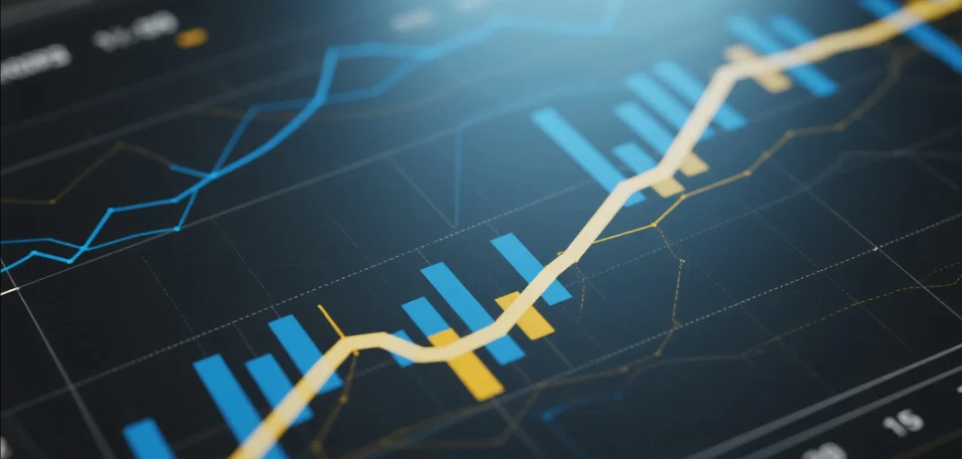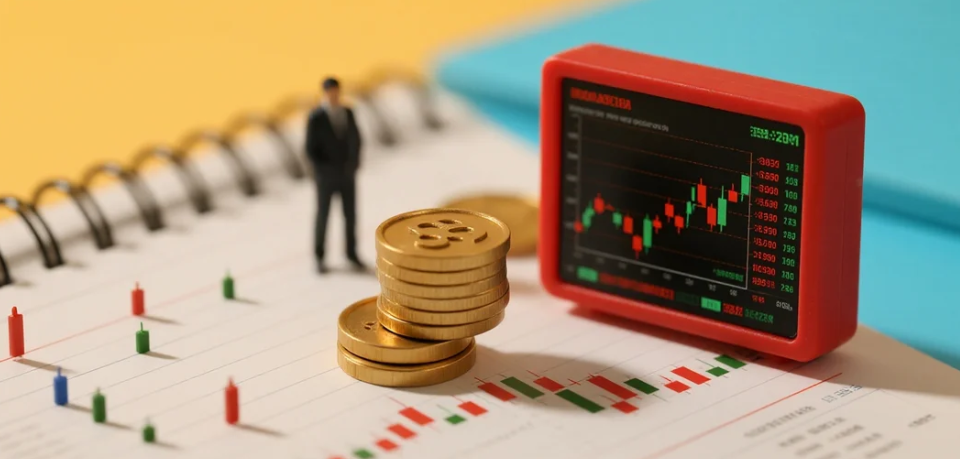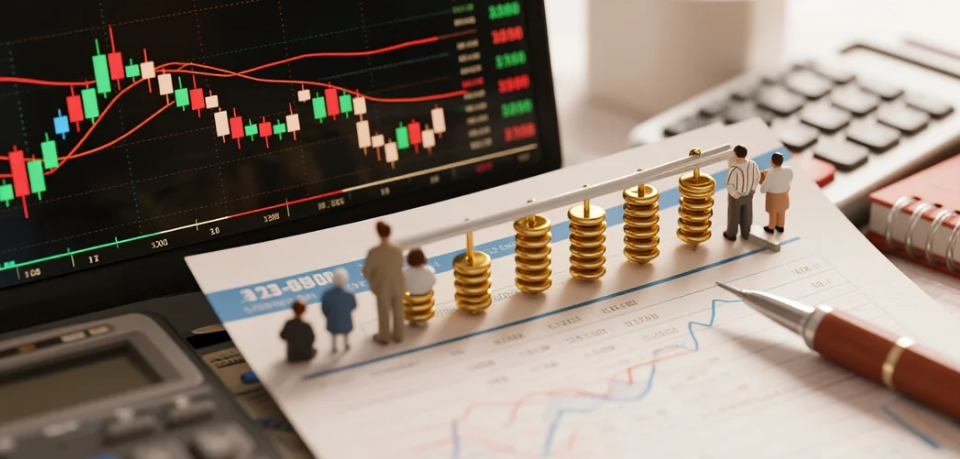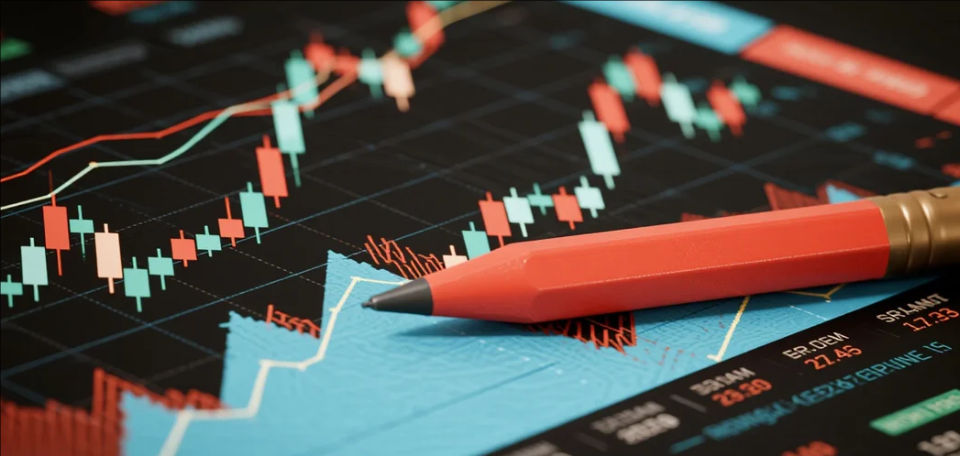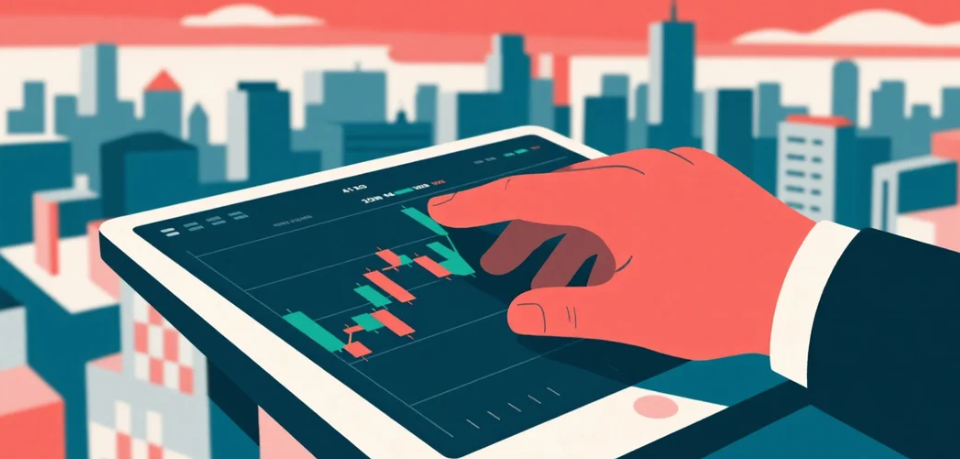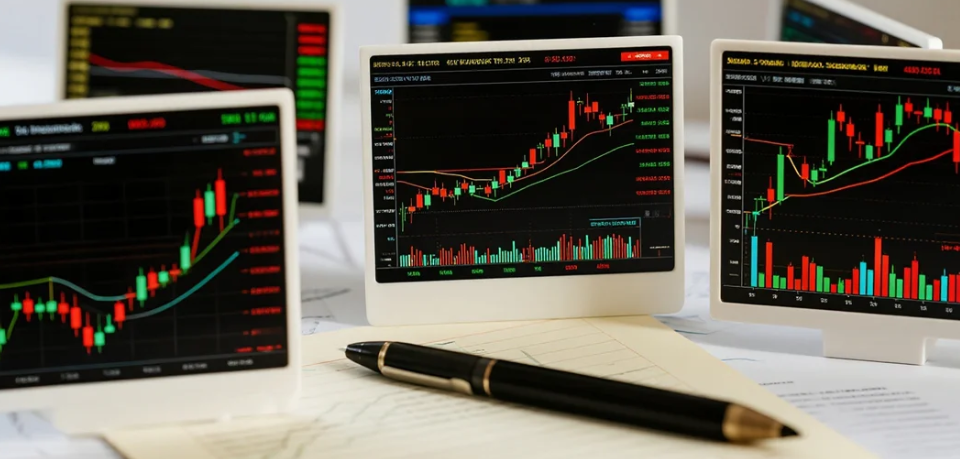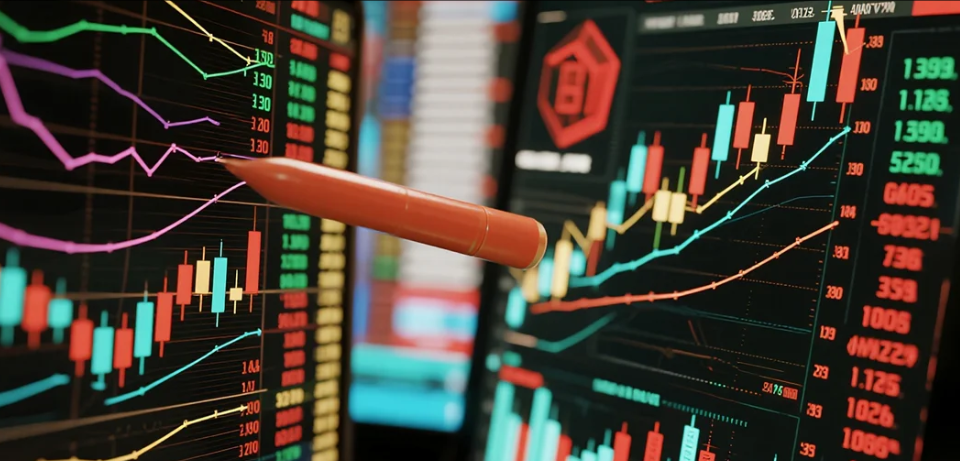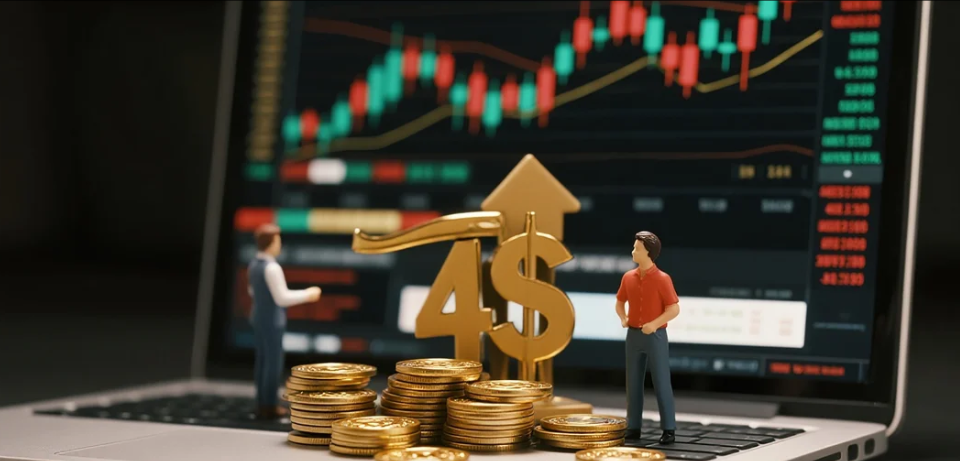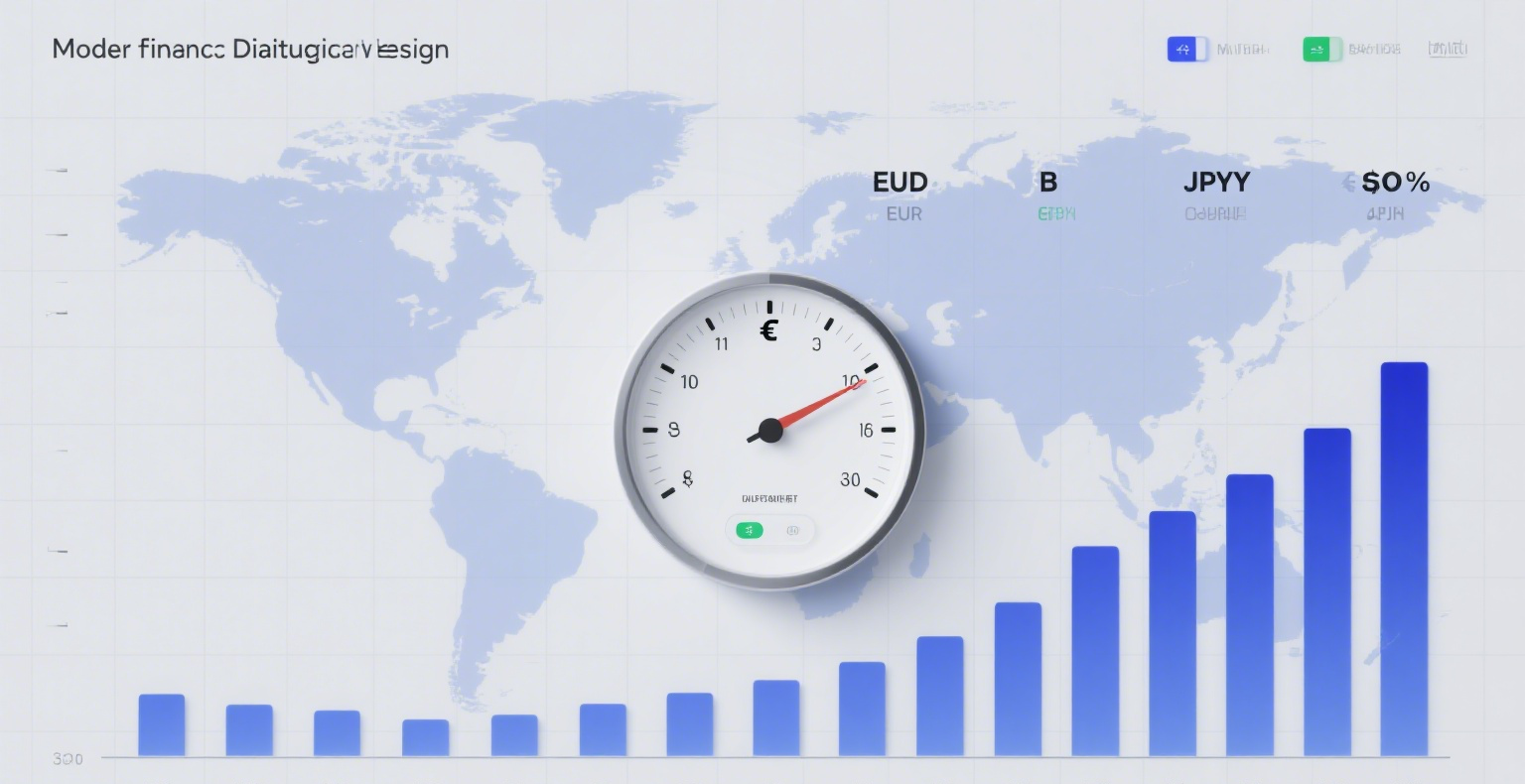
Introduction
Slippage refers to the discrepancy between the intended order price and the actual execution price in forex trading.
Types of Slippage
There are two types of slippage: positive slippage and negative slippage. Positive slippage benefits the trader—resulting in higher profits for a trade. Negative slippage harms the trader—resulting in greater losses for a trade.
Causes of Slippage
There are many reasons for slippage in forex trading.
-
Network latency: For example, since there are no regulated forex brokers domestically, most trading platforms are based overseas, and their servers are also located abroad. Unstable connections between domestic and international networks can lead to slippage.
-
High market volatility: During major market events like the Non-Farm Payrolls (NFP) report, prices can fluctuate by hundreds of pips per second, leading to gaps—especially on no-dealing-desk (NDD) platforms.
-
Malpractice by unscrupulous brokers: Some unregulated brokers may manipulate prices intentionally, a common tactic among "black platforms." However, slippage does not necessarily indicate a scam.
All trading platforms may experience these issues. Normal slippage is caused by market factors and is not the platform’s fault.
Current Situation
In many cases, slippage is beyond the broker’s control. However, more traders tend to complain about negative slippage because of human greed—no one complains about making extra profits, but losses can cause frustration. This has led to widespread misconceptions about slippage.
Detailed Explanation of Slippage
The primary cause is liquidity. Retail traders often focus on spreads because lower spreads mean lower trading costs. However, many overlook the critical factor behind pricing: liquidity. Liquidity refers to the maximum volume available at a given price. For example, if the EUR/USD price on a platform is 1.3000, but the market can only absorb $5 million at that price, what happens if a trader places a $6 million order? $5 million executes at 1.3000, while the remaining $1 million fills at the next available price—possibly 1.3001 or higher.
This is why we recommend trading with reputable brokers, as they can reduce slippage by securing better pricing and higher liquidity from liquidity providers.







